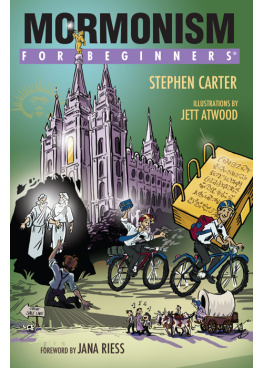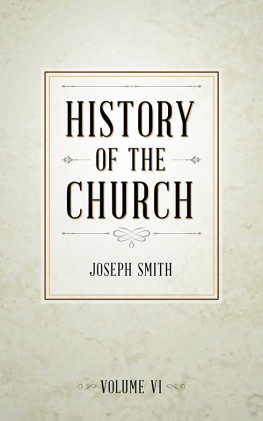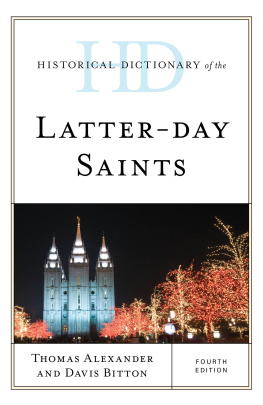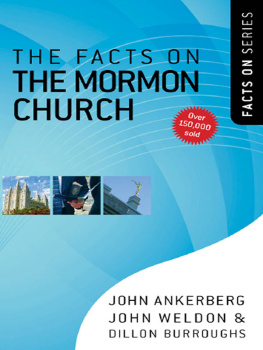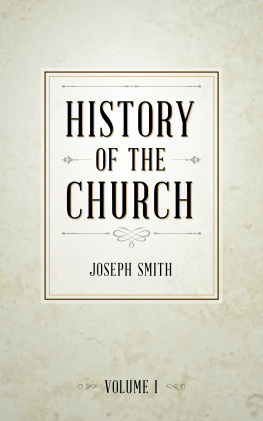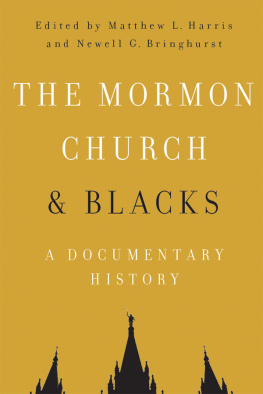
For Beginners LLC
155 Main Street, Suite 211
Danbury, CT 06810 USA
www.forbeginnersbooks.com
Text: 2016 Stephen Carter
Illustrations: 2016 Jett Atwood
This book is sold subject to the condition that it shall not, by way of trade or otherwise, be lent, re-sold, hired out, or otherwise circulated without the publisher's prior consent in any form of binding or cover other than that in which it is published and without a similar condition being imposed on the subsequent purchaser. All rights reserved. No part of this publication may be reproduced, stored in a retrieval system, or transmitted in any form or by any means, electronic, mechanical, photocopying, recording, or otherwise, without prior permission of the publisher.
A For Beginners Documentary Comic Book
Copyright 2016
Cataloging-in-Publication information is available from the Library of Congress.
ISBN-13 # 978-1-939994-52-3 Trade
Manufactured in the United States of America
For Beginners and Beginners Documentary
Comic Books are published
by For Beginners LLC.
First Edition
10 9 8 7 6 5 4 3 2 1
Note on sources and citations:
Passages quoted from Mormon scripture and other LDS documents are cited as follows:
Doctrine and CovenantsD&C section:verse
History of the Church of Jesus Christ of Latter-day SaintsHC volume:page
Joseph SmithHistory (in The Pearl of Great Price)History chapter: verse
Book of Moses (in The Pearl of Great Price)Moses chapter:verse
Book of Abraham (in The Pearl of Great Price)Abraham chapter:verse
Book of Moroni (in The Book of Mormon)Moroni chapter:verse
Second Book of Nephi (in The Book of Mormon2 Nephi chapter:verse
Book of Ether (in The Book of MormonEther chapter:verse
All other books and periodicals are cited by title and edition, where appropriate.
www.redwheelweiser.com
www.redwheelweiser.com/newsletter
For Eugene England
Thanks to the friends who, in addition to saving me from the jaws of error, also added details and insights to this book: Scot Denhalter, James Goldberg, John Hatch, Blair Hodges, Lindsay Hansen Park, Ardis Parshall, Dallas Robbins, Ethan Sproat, Brian Stuy, and Dan Wotherspoon.
CONTENTS

Foreword
by Jana Riess
I t's a religion! It's a subculture! It's a Broadway show!
All three of those exclamations hold true for the Church of Jesus Christ of Latter-day Saints, commonly known as Mormonism.
It's a religion: There are currently more than 15 million Mormons around the globe, dedicated to a faith that emphasizes following the example of Jesus Christ. Mormons serve missions, build temples, do genealogy, raise larger-than-average families, and believe those families can be together forever.
It's a subculture: Mormonism has a unique and sometimes controversial history. Some of its early practices have been totally disavowed by the modern church (e.g., polygamy), but others have become more important today than they were when the religion first started in the nineteenth century (e.g., the Word of WisdomMormonism's dietary code that forbids alcohol and coffee). This subculture has its own distinguishing behavior, its own heroes, and its own lingoall of which can be baffling to outsiders. Even as Mormonism expands internationally, its home base subculture in and around Salt Lake City, Utah, sets the tone for the church around the world.
And now, Mormonism is indeed the focus of a wildly popular Broadway musical, The Book of Mormon. That show, or perhaps other references to Mormonism in pop culture, may have played a part in your decision to pick up this book. Lots of people are curious about the Church of Jesus Christ of Latter-day Saints, whether they've seen the musical, voted (or not voted) for Mormon political candidates like Mitt Romney, or just wondered why their Mormon neighbors seem so squeaky-clean. Mormonism is everywhere, but reliable information about the religion and its people can be hard to find. Some accounts produced by the LDS Church are glowing propaganda, while some written by outsiders or ex-Mormons are sensationalistic diatribes aimed at discrediting the Mormon faith.
The truth lies somewhere in the middle, which is why you need this book. It joins a growing body of literature about Mormonism that aims to educate younot to convert (or deconvert) you from what you already believe. A decade ago, I attempted a similar task. Trust me when I say that it's not easy to introduce an entire religion in a single book that is balanced, reasonably comprehensive, and blessedly short. And there are very few one-volume introductions that pass muster with flying colors, as this book does.
Mormonism for Beginners assumes you might know a little something about Mormonism but would like to know more, and it teaches you with both humor and intelligence. Stephen Carter is a terrific choice for writing this book. He is a Mormon himself who has all the insider credentials you want in an author, but he also possesses a critical eye. As the editor of a magazine about Mormon belief and culture, he has his finger on the pulse of Mormons today. As a novelist and storyteller, he is alive to the beauty and originality of the Mormon story. And as someone who has brought the Book of Mormon to life as a comic series, he understands well how to tell the story of Mormonism with more than just text. In this book, he and artist Jett Atwoodwho collaborated together on the iPlates comics about the Book of Mormonblend words and pictures to give you a portrait of Mormonism that is both educational and fun to read.
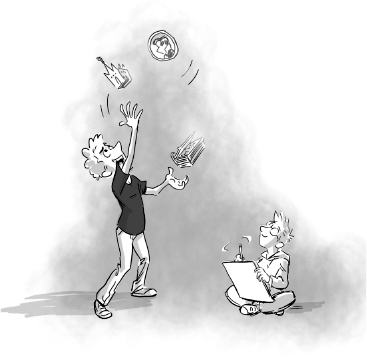
In other words, Mormonism For Beginners introduces the religion and the subculture in an entertaining way. Enjoy!
Jana Riess is a senior columnist for Religion News Service, writing primarily about Mormonism. She is the co-author of Mormonism for Dummies and Mormonism and American Politics, among other books. She holds a PhD in the history of religion in America from Columbia University.
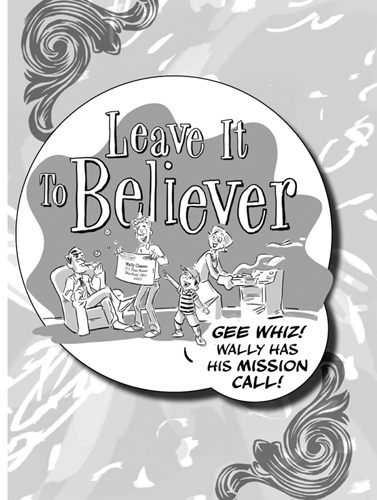
Introduction

M y first serious girlfriend, when I was 16, was Mormon, said Trey Parker, one of the creators of South Park and The Book of Mormon musical. I went to her house for family home evening, and I was like, Why aren't you people ignoring each other and watching television? Parker's remark encapsulates what many Americans perceive about members of the Church of Jesus Christ of Latter-day Saints: that they are a kind of extended episode of Ozzie and Harriet or Leave It to Beaverfamily values and clean living coming out the wazoo.
But Mormons are certainly more than that. Despite making up only 1.7 percent of the U.S. population (by contrast, Evangelical Christians make up 26 percent), Latter-day Saints are deeply integrated into American life: they're business leaders, national politicians, athletes, pop stars, andsince there are more than 6 million of them in the United Stateslikely somebody in your neighborhood. About a third of American Mormons live in Utah, with the LDS Church based in Salt Lake City, but the rest make their homes in every corner of the country.
Next page
